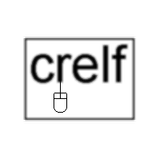-
Posts
5,759 -
Joined
-
Last visited
-
Days Won
55
Content Type
Profiles
Forums
Downloads
Gallery
Everything posted by crelf
-
JKI donates some neat #labview reuse VIs to the #OpenG Error Handling package - download & discuss: http://t.co/ltsw4qyd
-
TestStand and #LabVIEW: Should I use IVI or write my own OOP factory pattern drivers? http://t.co/EFY254VR
-
Cool Topic: DVR Wrapped LVOOP methods - if consecutive methods should be acted on atomically - http://t.co/e3dUA5Vi



